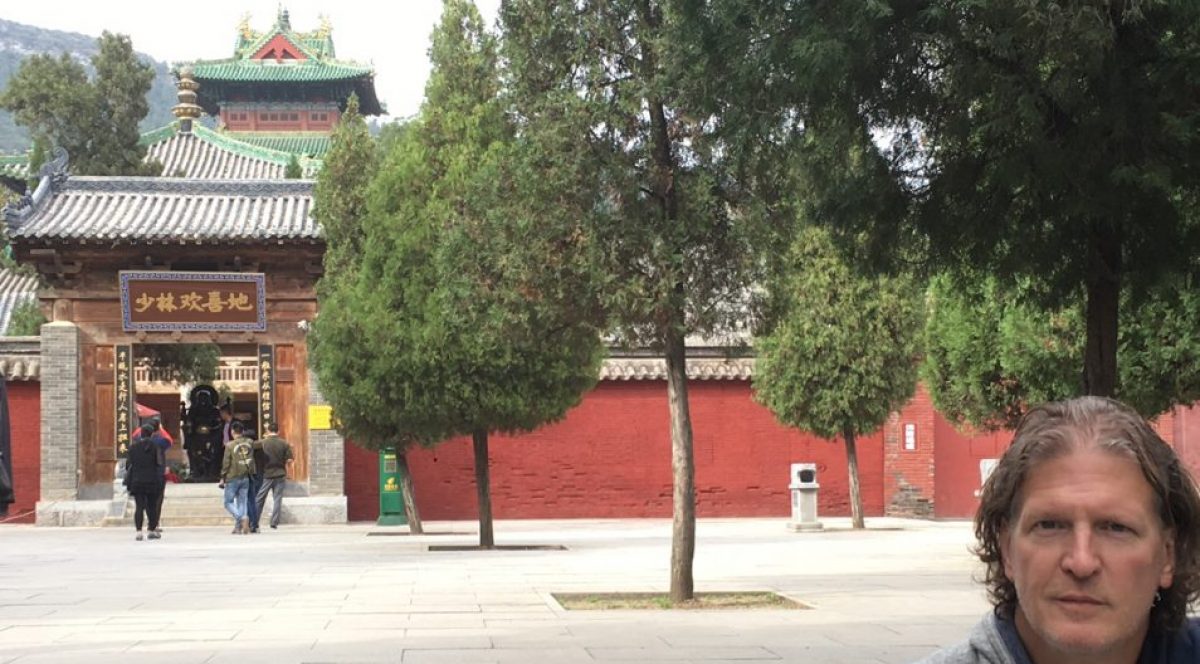Russian Systema, often simply referred to as “Systema,” is a martial art and self-defense system that originated in Russia. It is a unique and holistic approach to combat, emphasizing adaptability, fluidity, and efficiency. While I won’t provide a full 1000-word essay, I can certainly provide you with a comprehensive overview of Russian Systema. I am writing this after just having travelled to Toronto to work out at the Systema Headquarters and Vladimir Vasiliev!
Historical Context:
Russian Systema has deep historical roots, dating back to the early days of Russian martial tradition. Its origins can be traced to various influences, including ancient Slavic fighting techniques, Cossack warriors, and even elements of Russian Orthodox Christianity. These influences contributed to the development of a martial art that focuses not only on physical combat but also on mental and emotional control.
Key Principles:
- Breathing and Relaxation: A fundamental aspect of Systema is mastering the art of controlled breathing and relaxation. Practitioners learn to stay calm under pressure, which allows them to conserve energy and make effective decisions during combat.
- Adaptability: Systema places a strong emphasis on adaptability. Instead of adhering to rigid techniques or forms, practitioners are encouraged to adapt to the unique circumstances of a confrontation. This flexibility makes Systema suitable for various self-defense scenarios.
- Strikes and Grappling: Systema incorporates strikes, joint locks, and grappling techniques. These techniques are designed to be efficient and minimize unnecessary effort. Unlike some martial arts, Systema does not rely on brute force but rather on exploiting an opponent’s weaknesses.
- Defense Against Multiple Attackers: Another distinguishing feature of Systema is its focus on dealing with multiple attackers. Practitioners learn how to assess and neutralize threats from multiple angles, making it a practical self-defense system in real-world situations.
Mental and Psychological Training:
Systema places great importance on mental and psychological aspects of combat. Practitioners are taught to remain calm and focused in high-stress situations, enabling them to think clearly and make strategic decisions. This mental training extends to the ability to control fear and manage adrenaline responses.
The Role of Sparring:
Sparring, known as “free play” in Systema, is a crucial component of training. It allows practitioners to test and refine their skills in a dynamic and unpredictable environment. Unlike some other martial arts, Systema sparring often involves minimal protective gear to encourage realistic and controlled contact.
Weapon Training:
While unarmed combat is a significant aspect of Systema, weapon training is also integrated into the system. Practitioners learn how to defend against armed attackers and, in some cases, how to use various weapons for self-defense.
Global Influence:
Over the years, Russian Systema has gained recognition worldwide. It has been adopted by military and law enforcement agencies in Russia and beyond, thanks to its practical and adaptable approach to self-defense and combat.
Conclusion:
Russian Systema is a multifaceted martial art that combines physical techniques with mental and psychological training. Its adaptability and focus on relaxation and controlled breathing set it apart from many other martial arts. Systema’s principles make it a practical and effective self-defense system that can be applied in real-world situations. While this overview is not 1000 words long, it provides a comprehensive understanding of what Russian Systema is and its significance in the realm of martial arts and self-defense.
